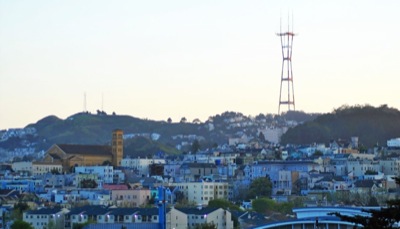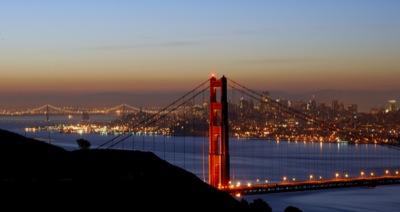The city of Tualatin, a suburb of Portland, zoned about 300 acres of land within its borders in a low-density zone allowing 1 to 6 homes per acre. This raises the specter of up to 300 new homes on one-acre lots, a notion that is sending regional planners into fits.
“We don’t enjoy getting into this type of confrontation,” says planning professor and Metro councilor Carl Hosticka. But “it’s not fair to the other jurisdictions,” meaning the ones the complied with high-density housing goals set by Metro, Portland’s regional planning authority.










